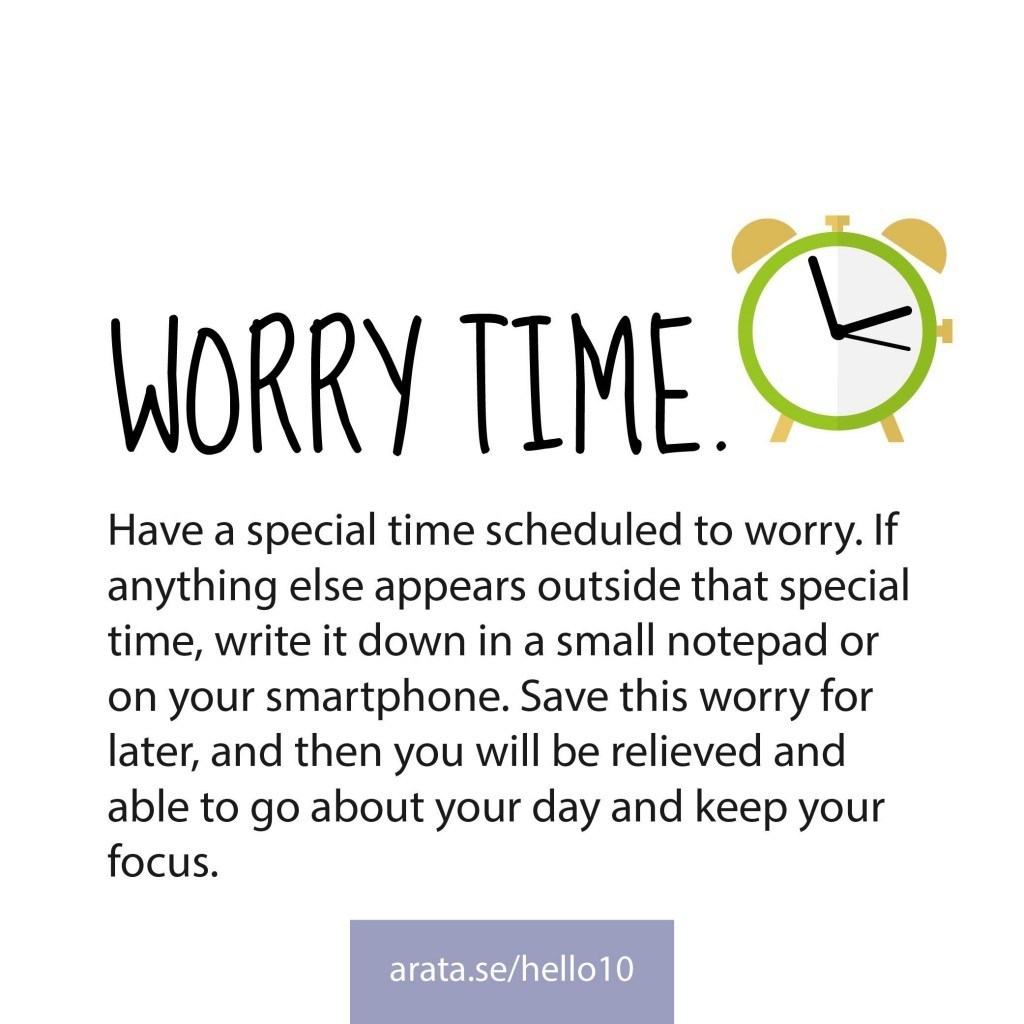Hello! Seiiti Arata. Sometimes we worry too much. We imagine how things might go wrong, and we start thinking and obsessing about the dangers lurking around. We feel pain and stress when we imagine the possible outcomes.
What can we do about this exaggerated worry?
First of all, let me invite you to subscribe to our YouTube channel and take a look at the previous videos in this series— you will notice we are exploring different themes related to dealing with difficulties.
We had one video about how to stop complaining, another about how we can talk about our problems and be heard. And today, we will discover how to control our worry, how to break free when fear takes over.
There are two simple steps for that. Let’s begin.
1. Accept worry as a tool.
Many people have a troublesome relationship with worry: we hate it, yet it is constantly around (because we create it in our minds).
Maybe we wish we could do as the song says: “Don’t worry, be happy.” Why is that so difficult?

It is difficult because that would be denial. And a state of denial creates anxiety.
So the first thing to do is to understand that worry, to a certain level, is normal and expected. We have evolved to use worry to avoid danger.
Have you heard about the birds called dodos? They were big birds, one meter tall, living on the island of Mauritius until around 400 years ago. And since dodos evolved in isolation from predators, they were fearless of humans. Because of that, the sailors found dodos to be very easy prey, and they hunted the dodo to extinction.
In other words, worry is a useful defense mechanism that exists to protect us. Worry can be used to help us make good plans for the future. Worry is a sign of something we want.
We don’t want to deny worry or use affirmations to pretend it doesn’t exist. I’m never going to suggest that you look at the mirror and repeat “I’m not worried, I’m not worried.” That would be horrible advice. Instead, we will face our worries and use them as a tool. We will be in command. What we do not want is to be consumed by worry.
It’s now time for step two, which is managing worry.
2. Manage your worry.
How can we take control of worry? Right now, we will decide WHEN to worry and HOW MUCH.
Take a look at your calendar and choose when you want to have your “worry time”. That’s right: we are scheduling some time in your day or week to concentrate on the thoughts related to the worry.

We will be focused on worrying, taking it seriously, writing down our thoughts, maybe making a few phone calls or taking some other action to deal with that worry and to get positive outcomes from it.
After we schedule some time for worry and getting results from it, the rest of the day will be worry-free.
Some people may find this idea outrageous, saying they cannot control their worry, which appears at any moment of the day.
Try to think about this: maybe you are passionate about playing soccer. If you are in the middle of a business meeting on a Wednesday morning, and you get that strong desire to play soccer, does it mean you cannot control yourself and will run out of the office to play? Of course not! If your weekly soccer game with your buddies is Thursday evenings, you know you have to wait until that specific day and time to play.

That’s exactly what we can do with worry. Have a special time scheduled to worry. If anything else appears outside that special time, write it down in a small notepad or on your smartphone. Save this worry for later, and then you will be relieved and able to go about your day and keep your focus. (Remember our video about how to focus on one goal at a time? Check https://arata.se/hello06)
Today we are rejecting the cliché of “don’t worry be happy.” In other words, if we start to feel worry, we acknowledge there is a good reason for it. We will not be in a state of denial.
Worry is a tool that can help us. What we don’t want is to be overwhelmed by worry. We don’t want to be controlled by worry. We will control it.
This is why we will set a special time to be worried. We will do it in our terms: we will schedule a time to start worrying and to end that worry. Once we are finished, we will move on.

